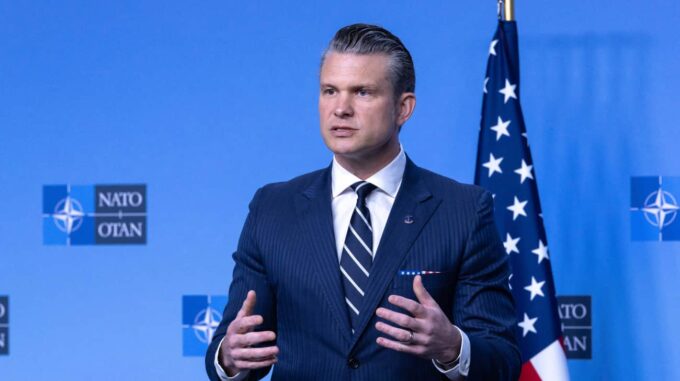The White House is facing a significant personnel crisis at the Pentagon due to the inability to find suitable candidates for key positions, including the chief of staff of the Department of Defense and several senior advisors to Secretary Pete Gagset

According to NBC News, staffing problems in this area are not only due to high requirements for candidates but also stem from political difficulties and internal conflicts that have arisen within Gagset’s team after recent personnel shifts. Sources note that high-level positions in the U.S. Department of Defense have traditionally attracted many qualified professionals because of their prestige and importance. However, with an unusually open and popular environment for such a sphere, Gagset’s team has already encountered the first serious obstacles. Three potential candidates considered for these roles subsequently declined to participate for various political and personal reasons. This has put additional pressure on the administration, as it has not been able to fill vacant positions in the near future due to the lack of suitable specialists. NBC News reports that senior administration officials, including Vice President D. Vences and White House Chief of Staff Susie Wiles, have stepped up efforts to find candidates who could support Gagset during this period of political turbulence. In recent months, a series of personnel scandals have dominated the news, beginning earlier this year. At that time, the Pentagon underwent a wave of dismissals following investigations into leaks of classified information, which contained plans for military operations concerning the Panama Canal, preparations for the second aircraft carrier to proceed to the Red Sea, Elon Musk’s visit, and delays in intelligence gathering related to the situation in Ukraine. The internal conflicts within Gagset’s team have also worsened the situation. In particular, in April, he unexpectedly dismissed two senior assistants, accusing them of leaking secret information. Following these events, Gagset announced the dismissal of his chief of staff. Additionally, one staff member later publicly reported chaos within the minister’s office, describing the environment as “total disorder.” At the same time, the search for new personnel is complicated not only by political barriers but also by internal discord within the team. It is known that the White House rejected some candidates whom Gagset and his advisors considered potential hires. Conversely, the Pentagon leadership also declined some candidates from the administration over concerns regarding political loyalty. Sources say that one of the key criteria became the lack of sufficient support for MAGA—a popular ideology among Trump supporters. Furthermore, during the selection process, reports emerged of candidates deemed unacceptable due to their political stance. Specifically, the White House’s personnel management rejected several applicants because of their insufficient loyalty to MAGA—a movement supporting the ideas of former President Donald Trump. This has added even more tension to the candidate selection process. It is recalling that earlier this spring, the situation worsened even further with scandals at the Department of Defense related to leaks and investigations of intelligence data. Certain documents contained operational plans for strategic military actions, such as operations at the Panama Canal and the deployment of aircraft carriers near the Red Sea, sparking widespread concern and suspicion among experts. Additionally, it has been revealed that in private conversations and via messaging apps, discussions may have taken place about risky military actions involving Gagset’s family members, including chats on Signal. This raises further questions regarding the level of secrecy and discipline within the minister’s team. Although officials assure that Pete Gagset’s work is viewed positively, with President Trump noting that the Secretary of Defense’s activities are “excellent,” internal chaos and the failure to quickly fill key administrative positions cast doubt on the efficiency of team efforts within the Pentagon. Top officials are already considering further personnel decisions, but prospects for a quick resolution remain slim, as competition among candidates driven by the political climate and internal disputes further complicates this task. Overall, the Pentagon’s situation remains tense. The staffing crisis, internal conflicts, and political tensions pose risks to the stability and security of U.S. defense policy in the future. Resolving personnel issues is a critical task for the administration, which remains open. Clearly, time and the political environment will determine the future leadership of the Department of Defense and its ability to effectively carry out its responsibilities.

